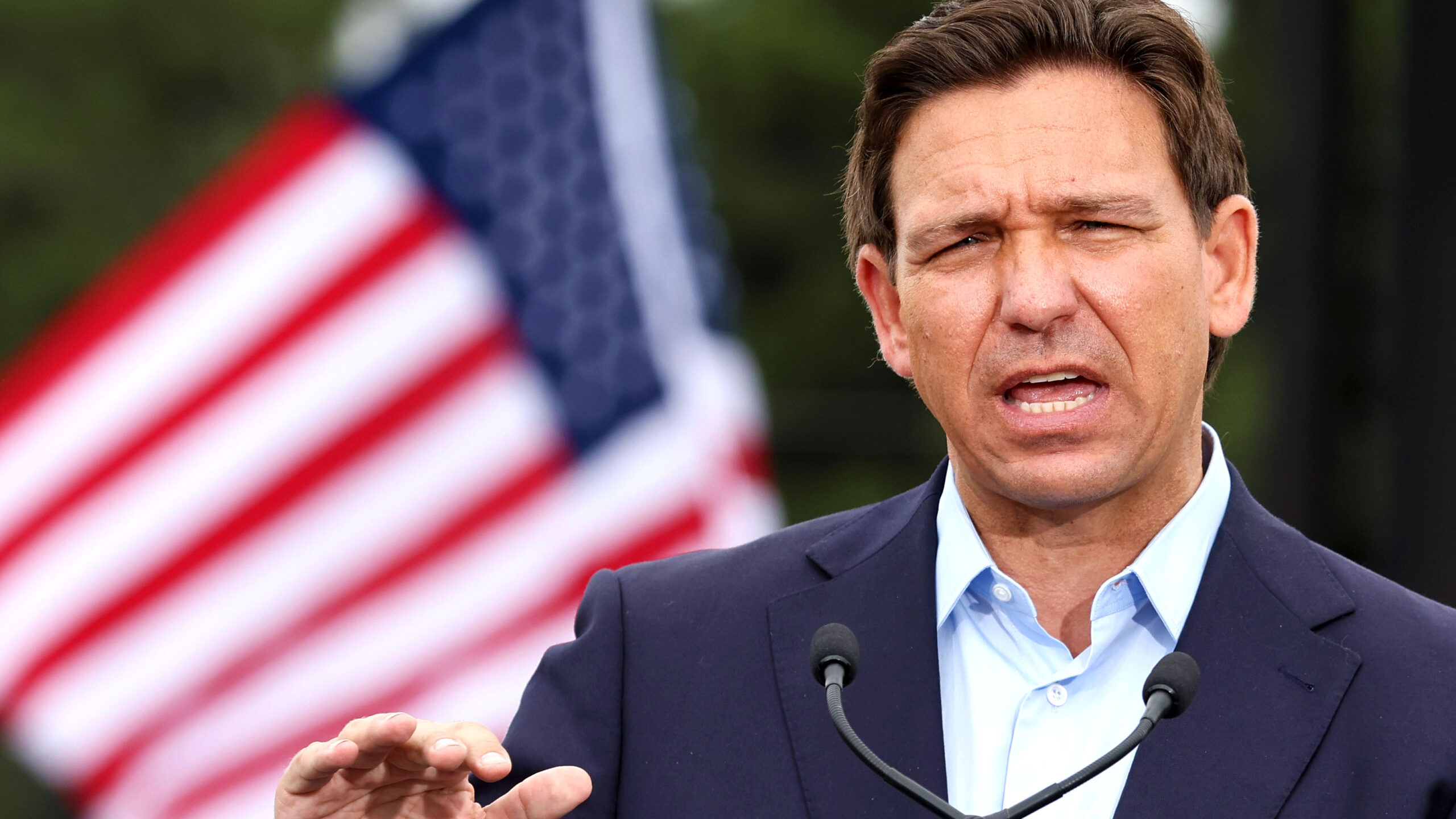Inflation Will Move to Nearly 3 Percent By 2024: Philadelphia Fed President
Philadelphia Federal Reserve Bank President Patrick Harker said that inflation will move towards 3 percent next year and expects to see interest rates remain “steady” for the remainder of 2023.
In July 2023, the 12-month consumer price index (CPI), a measure of annual inflation, was 3.2 percent, down from 8.5 percent a year back, and 5.4 percent two years ago. In an interview with CNBC on Thursday, Mr. Harker said that inflation will be “at or slightly near 3 percent” in 2024, with the rate “moving slowly to 2 [percent] in 2025.”
“We see it moving toward trend growth in GDP. And unemployment ticking up, again, in the 4-ish range, but not significantly more than that.”
As to what the Fed will do with its benchmark interest rates, Mr. Harker expects it to stay “steady throughout the rest of this year.”
“Then we’ll see all the data evolve. If we see inflation coming down quicker than we expect—and again, this is what I’m hearing from the soft data I’m getting from my contacts—then we might cut sooner rather than later. But I think we have to let that play out.”
President Biden has characterized the current low inflation as a success. On Aug. 16, during the first anniversary of the Inflation Reduction Act (IRA), President Biden said that inflation “is now at the lowest point it’s been in two years.”
While this is true, the fact is that inflation is currently low when only measured against the high inflation rate of the past two years. Compared to the inflation when President Biden came to power, the present rate is way higher.
The July 2023 inflation rate of 3.2 percent is significantly down from the peak of 9.1 percent in June 2022. But the rate is still more than double the 1.4 percent in January 2021 when President Biden assumed office.
In an Aug. 16 press release, Alfredo Ortiz, president and CEO of Job Creators Network, slammed the first anniversary of the IRA as “nothing to celebrate,” pointing out that prices of goods and services have “increased significantly” since the Act was passed.
“While the inflation rate has moderated due to aggressive Federal Reserve action, today’s price increases are occurring on a much higher price base,” he pointed out.
“Everyone sees these higher prices in their everyday lives as they struggle to pay their bills. As a result, their real wages and standards of living decline.”
Americans Struggling With Inflation
While President Biden touts having lowered inflation over the past two years, Americans are today forced to spend more money to buy the things they need.
In an Aug. 10 post on X, economist Mark Zandi pointed out that high inflation over the past two years has done “lots of economic damage.”
“Due to the high inflation, the typical household spent $202 more in July than they did a year ago to buy the same goods and services. And they spent $709 more than they did [two] years ago,” he said.
This month, the Federal Reserve Bank of San Francisco warned that Americans were burning through the excess savings they had accumulated during the pandemic.
Citizens began to withdraw from their stimulus-era savings more rapidly beginning last year amid skyrocketing inflation.
“Our updated estimates suggest that households held less than $190 billion of aggregate excess savings by June,” said San Francisco Fed researchers Hamza Abdelrahman and Luiz Oliveira. “We estimate that these excess savings are likely to be depleted during the third quarter of 2023.”
The depletion of savings among American citizens removes a critical safety net that had enabled millions of people to remain monetarily solvent during a period of high inflation.
Inflation Driven By Wages and Services
The current 3.2 percent inflation rate is way about the Federal Reserve’s target of 2 percent. The slowdown in price growth over the past months has been driven by factors like falling gas prices and easing supply chain bottlenecks.
Now, prices are being driven up by the cost of services, which includes categories like restaurant meals, auto insurance, dental care, and concerts. An increase in the cost of such services often reflects rising wages of employees that tend to be passed down to customers.
“Energy prices are off, commodity prices off, core goods fell,” Kristin Forbes, an economist at MIT, said in an interview with the AP. “That’s the quick, easy stuff. What’s left is this underlying wage-service inflation. And that’s the part that’s harder to slow down and will take longer.”
The rising inflation rates had led to the Fed hiking its benchmark interest rates through last year,
" Conservative News Daily does not always share or support the views and opinions expressed here; they are just those of the writer."





